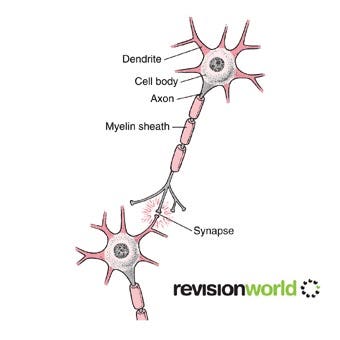JV Chamary recently wrote an article published by Forbes describing a new discovery in the memory capacity of the human brain. The memory capacity of the brain rivals the World Wide Web according to the neuroscientists involved in the particular study. Dr. Terry Sejnowski of the Salk Institute for Biological Sciences in La Jolla, California, said “Our new measurements of the brain’s memory capacity increase conservative estimates by a factor of 10 to at least a petabyte, in the same ballpark as the World Wide Web.”
Dr. Sejnowski is the lead author in the research study that made the discovery that neurons may have different sizes than the previous thought small, medium, and large sizes. According to the study, there are many more sizes than those three. The overall structure of the neuron is analogously similar to a tree.

Every neuron has branches coming off from the main spine called dendrites, and the gap between the branches of one neuron to another is called a synapse. The transmission of information from one neuron to another occurs across this gap. The discovery from Dr. Sejnowski’s team means that one particular neuron can have many branches, or dendrites, and the amount of connections from one neuron to another is far larger than previously thought. They found that there may be 26 different sizes of spines of a particular neuron. This means that there are actually trillions more neuronal connections in the brain than previously thought. The research team concluded that the human brain now has the capacity of at least a petabyte of information. This amount of information rivals the overall capacity of the World Wide Web.
The human brain is an incredible machine that is biological yet chemical. It has the ability to rival super computers depending on how well it is trained and developed. Just by that reason alone, the brain’s capability of neuroplasticity, makes it far more advanced than any computer in existence. As more discoveries of the human brain unfold, we can begin to apply these to building a far more advanced computer that has capabilities similar to the human brain. A new super computer with these capabilities would essentially be able to “grow” and “mature” in ways that would be similar to a human being. With the computer’s ability to access the information on the World Wide Web, this could potentially allow humans to tap into this information on the new super computer and have far greater access to information in ways that were never thought possible.

Many neuroscientists and computer scientists are trying to construct neural networks that would allow for discoveries that could create this form of neuroplastic super computer. The access to information and ease of access would be far greater, but this access would also come with a new responsibility in knowing how to use it properly for the benefit of all mankind.





